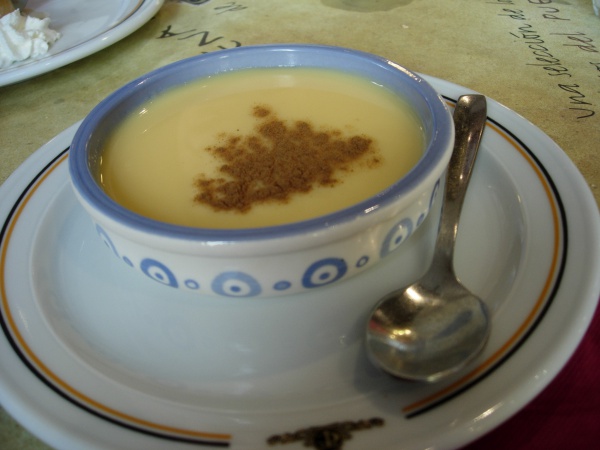Facts About Natillas
"Natillas" is a cherished term in Spanish-speaking countries, referring to a variety of custards and similar desserts. Each region has its own unique twist on this classic treat.
Spain:
In Spain, natillas are a creamy custard made with milk, eggs, sugar, vanilla, and cinnamon. It's somewhat akin to crème anglaise but with a distinct Spanish flair. The preparation involves gently boiling milk and mixing in the eggs and other ingredients to form a rich, sweet custard, often flavored with cinnamon.
Colombia:
Colombian natilla is a cherished Christmas dish, notably omitting eggs. It's made with milk, panela (a type of unrefined cane sugar), and cinnamon, with optional additions like coconut or raisins. The result is a delightful dessert enjoyed during the festive season.
New Mexico:
In New Mexico, natillas draw inspiration from Spanish recipes, thus preserving the tradition in the region.
Peru:
In Peru, natillas take on a different form as a spread made from milk and chancaca (a type of unrefined sugar), offering a unique twist to the natillas family.
Mexico:
Mexican natillas are similar to a thicker version of atole, a popular dessert drink, providing a comforting and rich treat.
Costa Rica:
In Costa Rica, natilla refers to a dairy product similar to sour cream, commonly used as a condiment rather than a dessert.
Cuba and Puerto Rico:
In Cuba and Puerto Rico, natilla is a cold custard dessert made with cornstarch, vanilla, sugar, eggs, lemon zest, cinnamon, milk, and evaporated milk. It's a staple during Christmas, often served with a sprinkle of cinnamon on top. Pre-packaged versions are available in Puerto Rican supermarkets, and there's even a variation made with honey for a less sweet option, perfect for breakfast when topped with fruit and cinnamon.
Each of these variations highlights the versatility and cultural significance of natillas across the Spanish-speaking world, making it a beloved treat in many forms.
